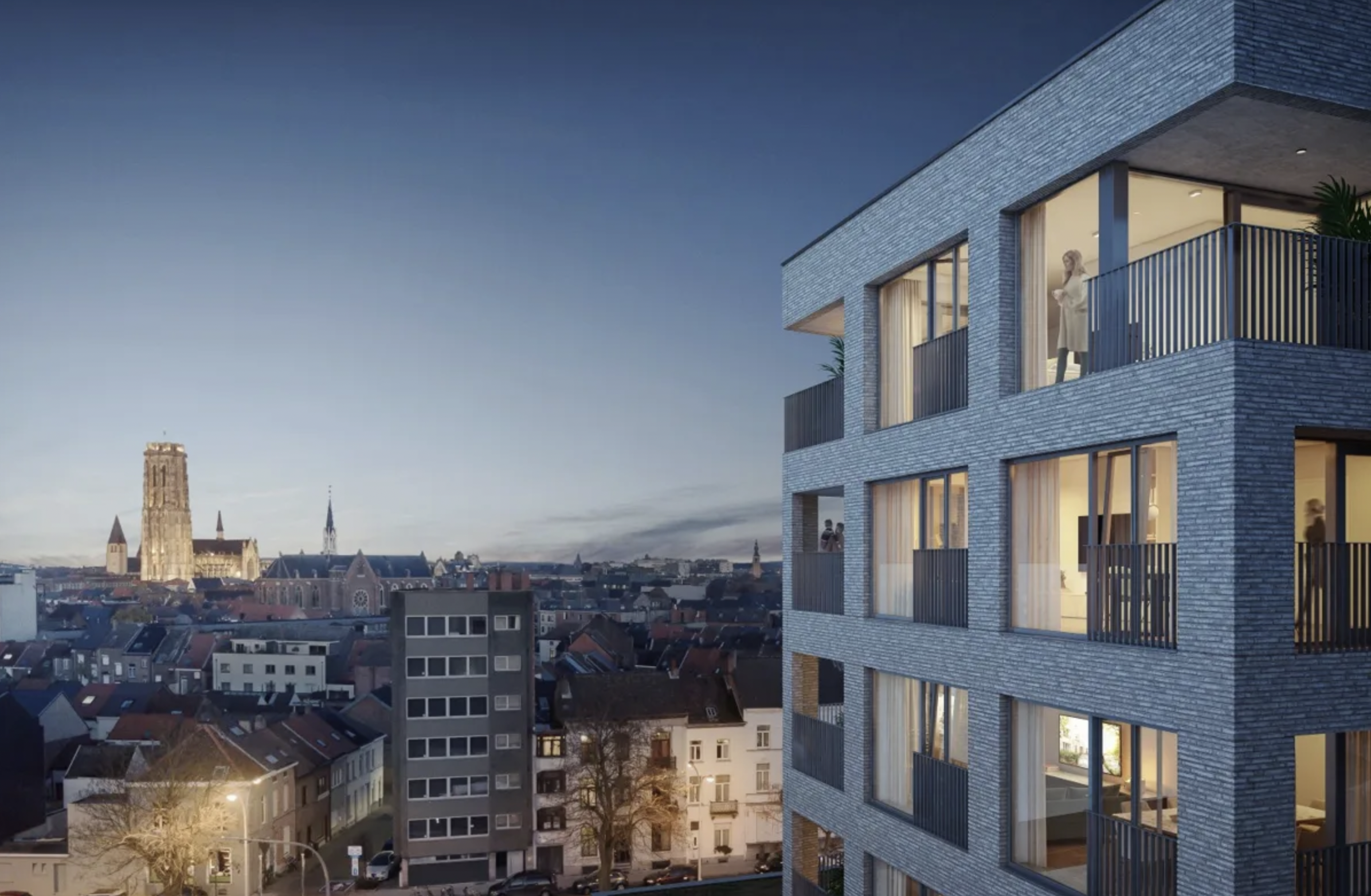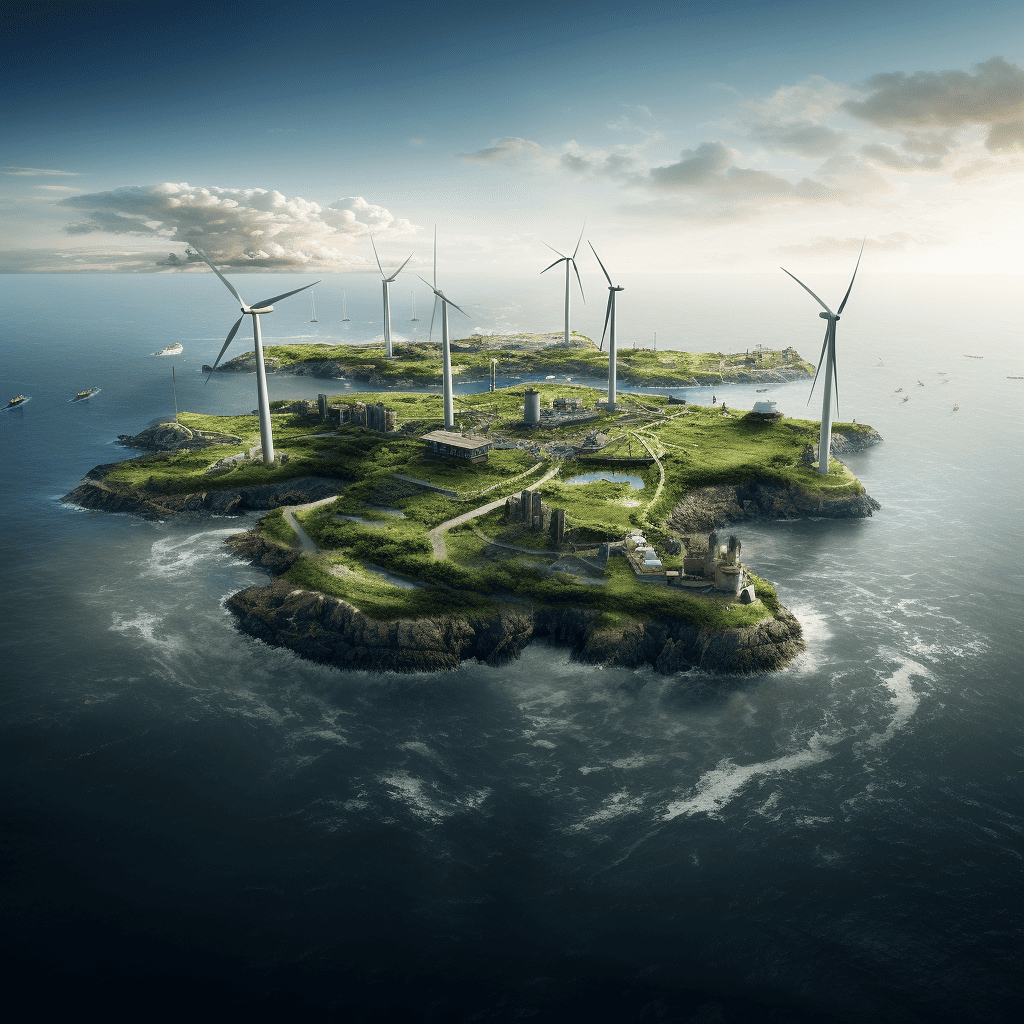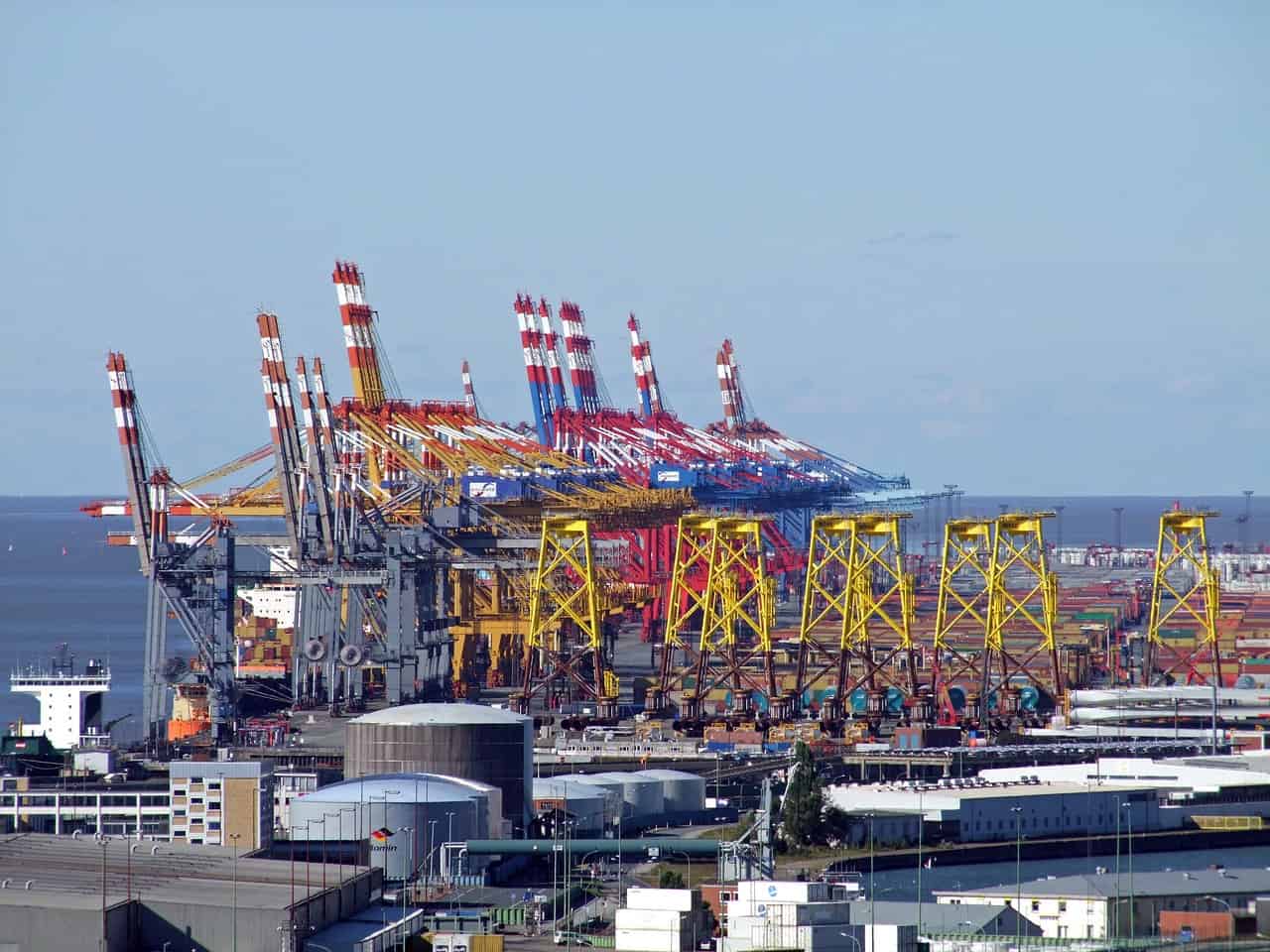
About Decarbonizing Europe
What does the Recovery and Resilience Facility entail?
The European Commission has made available an amount of 723.8 billion euros
to combat the consequences of the corona crisis and make Europe greener, cleaner, and future-proof. All member states have the opportunity to submit plans for disbursement from this Recovery and Resilience Facility.
Who is participating in the Recovery and Resilience Facility?
All the member states of the European Union. All member states? No, The Netherlands has not submitted plans as yet. Although, it became public knowledge at the end of January that hard work is going on behind the scenes in the Netherlands to secure some of those European billions.
What do the member states have to spend the money on?
At least 37 percent of the funding should be used for making their countries more sustainable and 20 percent for digitalization. In addition, there are also other key points:
– Smart, sustainable and inclusive growth
– Social and territorial cohesion
– Public health, economic, social, and institutional resilience
– Policy for future generations
What else is happening?
Apart from that, the EC has identified several so-called flagship areas:
– Power up
– Renovate
– Recharge and Refuel
– Connect
– Modernise
– Scale-up
– Reskill and upskill
What is Innovation Origins planning to do?
Over the next few months, we will be focusing on the implementation of these plans. We will be outlining what each country is doing to reduce CO₂ emissions, and we will be reporting on innovative projects. Infographics will allow you to compare the member states’ efforts with each other.
A crisis like the corona pandemic calls for decisive measures. The EU has freed up €723.8 billion in an effort to use the Recovery and Resilience Facility (RRF) to pull the European economy out of the recession caused by corona. In order to qualify for a share of this large bag of money, member states must submit a plan to the European Commission. In the series Decarbonizing Europe, we put those plans under a magnifying glass.
The Belgian corona recovery plan is set to receive an estimated €5.9 billion from the European Commission to help overcome the corona crisis. In total, 124 investment and reform projects are planned, including those in the fields of greening and digitalization. The plan should speed up the green transition even further.
As far as CO2 emissions are concerned, Belgium ranks seventh in Europe. Greenhouse gas emissions in Belgium amount to 10.6 tonnes CO2 equivalent per capita, according to Eurostat. Belgian emissions are significantly higher than the EU 27 average of 8.4 tonnes per capita. This indicator measures total national emissions of the so-called ‘Kyoto basket‘ of greenhouse gases, which include carbon dioxide (CO2), methane (CH4), nitrous oxide (N2O) and the so-called F-gases (hydrofluorocarbons, perfluorocarbons, nitrogen trifluoride (NF3) as well as sulfur hexafluoride (SF6).
A good deal of this pollution – in addition to that from heavy industry – is caused by traffic. Which is why Belgium is taking drastic measures. From 2026, only those company cars that do not emit greenhouse gases, such as electric cars, will still be eligible for tax deductions in Belgium. As of 2029, you will no longer be able to register a new car that runs on diesel, gasoline or that has a hybrid engine. Fossil fuel-driven cars – petrol or diesel – will no longer be welcome in the Brussels Capital Region from 2035. In the case of diesel, this even applies from 2030 onwards.
Wind turbine farms
The generation of renewable energy at sea is an important element in the Belgian energy mix. Among other things, an energy island will be built off the coast to connect existing and future Belgian offshore wind turbine farms with each other. It can also serve as a connection with the offshore wind turbine farms of the other North Sea countries. The plan supports the green transition with investments of over €1.6 billion (supported by€1 billion in European subsidies) in the energy-efficient renovation of buildings, such as social housing.
Furthermore, €1.9 billion is being invested (supported by €1 billion in European subsidies) in sustainable mobility. The federal government has grand ambitions to get more people and companies to opt for public transport. These include improving rail infrastructure, funding green buses in public transport, installing electric charging stations, expanding urban public transport, and building or renovating cycle lanes.
Freight transport by rail
Furthermore, the federal government wants to double the volume of freight transported by rail between now and 2030. A great deal of investment is therefore planned for the ports of Antwerp, Ghent and Zeebrugge. But also for the strategic Montzen route, the Athus-Meuse line and rail connections to major companies. These investments for freight transport will also benefit passengers. After all, freight and passenger trains use the same rail network.
Another portion of the rail investment will go to the railway axis between Brussels and Luxembourg (the so-called “Axis 3“). Belgium wants more international day and overnight train connections, with Brussels as the international railway hub. The planned investments will connect the European capitals Brussels, Luxembourg and Strasbourg with each other and also improve the Benelux’s connection with France, Switzerland and Italy. This is a line with considerable passenger potential. Thanks to the additional funds, the planned investments will be stepped up so that the modernized rail link can already be put into service over the course of 2028. Travel time between Brussels and Luxembourg will be reduced by half an hour for the fastest trains on this route.
NextGeneration EU
The corona crisis is one of the biggest challenges of our time. The European Union, through NextGenerationEU – the largest recovery plan ever at €806.9 billion – aims to help its member states emerge stronger from the crisis. The Recovery and Resilience Facility (RRF) is at the heart of this plan (€723.8 billion).
The RRF has two goals: first, to pull the European economy out of the recession caused by the corona pandemic. At the same time, it is designed to give an impetus to important investments for the future and measures for rolling out reforms.
All 27 member states have submitted plans. Whether all the money is actually disbursed depends on a final assessment of the projects. For example, countries must spend at least 37 percent of their budgets on climate action and 20 percent on digitalization.
Metro network
All three regions of the federal states of Belgium (Flanders, the Brussels Capital Region and the Walloon Region) will benefit from the money from the corona recovery fund. In Flanders alone, more than €800 million is devoted to sustainable mobility. Among other things, money is being set aside for making the buses of the De Lijn public transport company even greener and for installing energy-efficient LED lighting along regional roads in Flanders. In addition, the region is improving traffic safety on school routes and at dangerous spots. A lot of money is also going into safe and comfortable bicycle infrastructure (including bicycle bridges, tunnels and cycle paths). Finally, the greening of freight transport via the modal shift to water will receive a lot of attention.
The Brussels government wants to make more buses in public transport greener. Wallonia, on the other hand, wants to expand the tram network in Liege and connect it better to the cycling and railway network. The metro network in Charleroi is to be overhauled. The investments amount to €61.5 million and are accompanied by a package of reforms designed to boost e-mobility in the three regions. These measures should also help to exceed the national target of funding at least 80,000 public charging stations by 2025.
Hydrogen
The plan supports the decarbonization of the energy sector by promoting the use of hydrogen as an alternative energy source for heavy, carbon-intensive industry. The plan has reserved €292 million for this purpose. In the areas of biodiversity and adaptability to climate change, €400 million will be invested for the reconnection of ecosystems, improving protected natural habitats, forests and wetlands. The country is also adopting measures for sustainable water management to cope better with the effects of climate change.
Flanders, for example, is using the so-called Blue Deal, which aims to take a different approach to water management in Flanders. The focus is on wet nature and water buffers. Flanders is a region susceptible to water scarcity and drought.
Digitalization
Additionally, there are a lot of plans in the pipeline concerning digitalization: numerous government services are being digitalized and there are several projects to combat cybercrime. Furthermore, the recovery plan should strengthen economic and social resilience: a lot of money has been set aside for training and inclusion. The whole package should spur economic growth and create jobs. According to a model simulation run by the European Commission, the recovery plan should increase Belgium’s gross domestic product by 0.9 percent by 2026 and create 16,000 new jobs.
Support us!
Innovation Origins is an independent news platform that has an unconventional revenue model. We are sponsored by companies that support our mission: to spread the story of innovation. Read more.
At Innovation Origins, you can always read our articles for free. We want to keep it that way. Have you enjoyed our articles so much that you want support our mission? Then use the button below:








